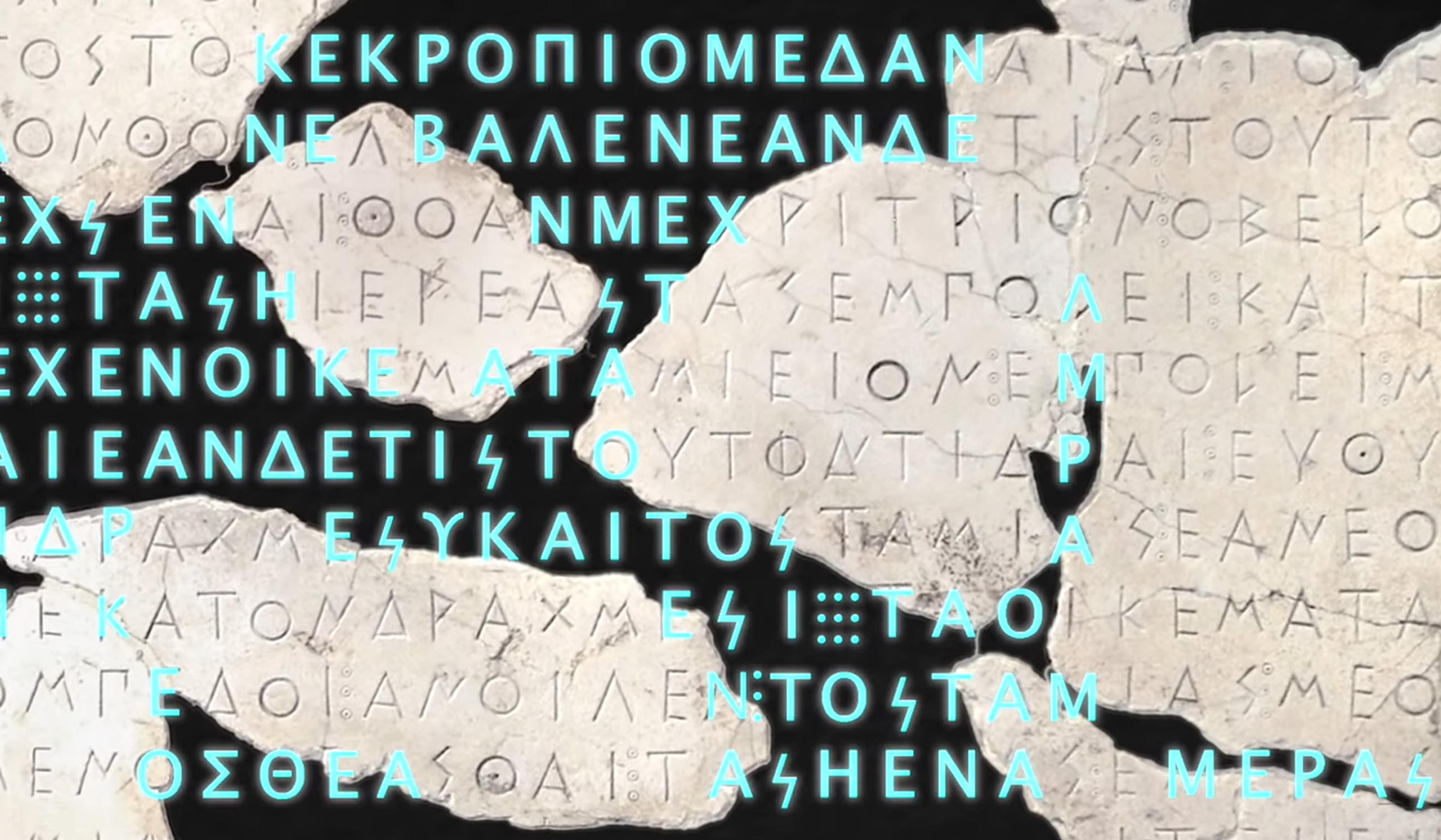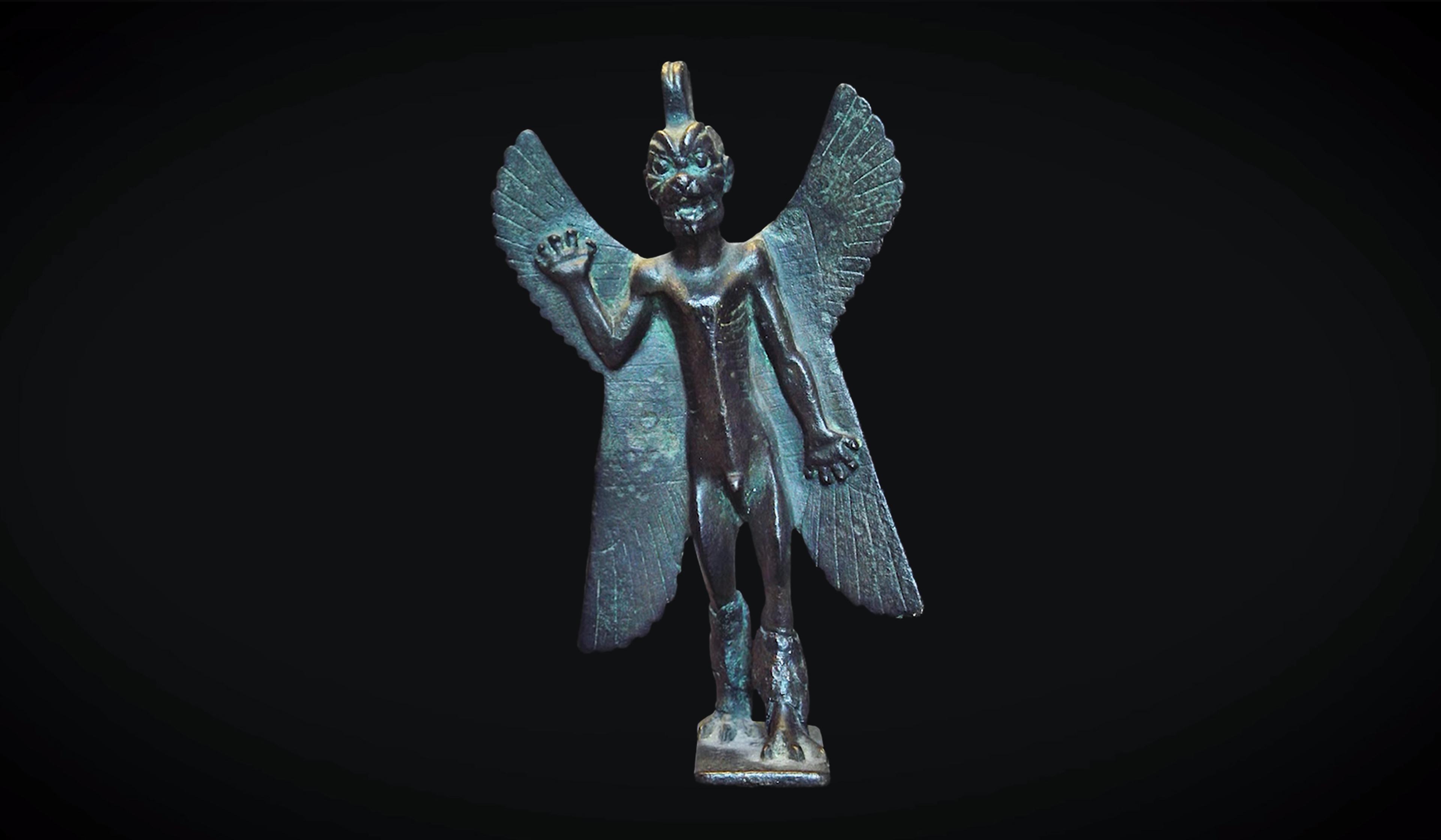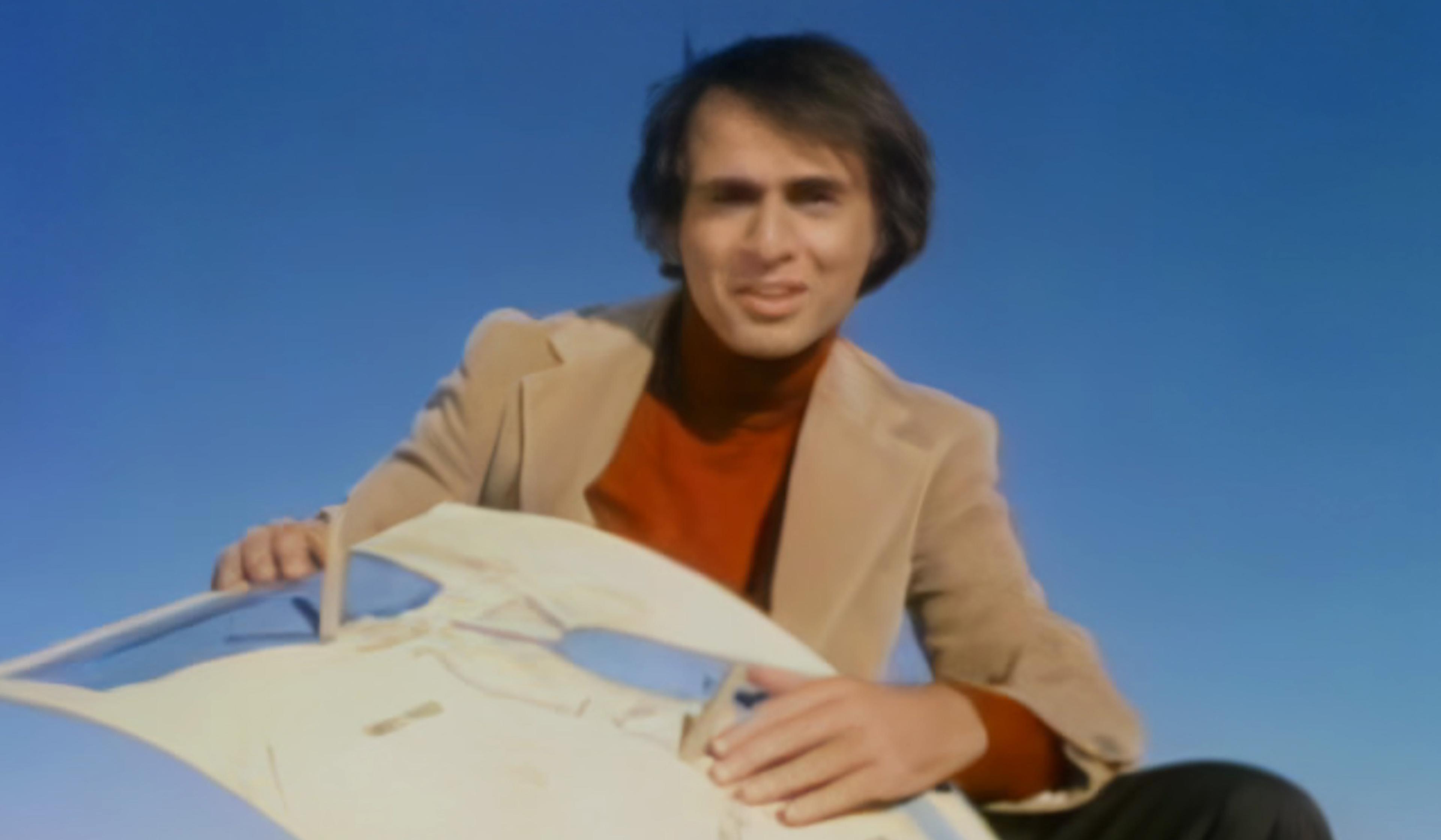Cuneiform, the ancient Sumerian script that emerged in Mesopotamia’s Fertile Crescent circa 3000 BCE, is the first known system of written communication to move beyond pictograms into abstract representations of language. In this lecture, as unexpectedly funny as it is edifying, Irving Finkel, a writer and curator at the British Museum in London, elucidates how cuneiform developed into an advanced writing system with its own internal logic, contradictions and – for those who would attempt to decipher it centuries later – exasperating snags. Having hooked the audience at the Royal Institution in London, Finkel then reveals how a trilingual inscription at Mount Behistun in modern-day Iran became cuneiform’s very own Rosetta Stone, unlocking secrets of the script previously thought lost to time.
How writing began, and other unexpectedly funny stories about cuneiform
Video by The Royal Institution

videoArchaeology
What’s an ancient Greek brick doing in a Sumerian city? An archeological investigation
16 minutes

videoArchaeology
How researchers finally solved the puzzle of the oldest known map of the world
18 minutes

videoThe ancient world
What did the Rosetta Stone’s inscription actually communicate?
17 minutes

videoComputing and artificial intelligence
How machine learning can help historians decode ancient inscriptions
7 minutes

videoThe ancient world
Meet the absentee gods and nefarious spirits of ancient Mesopotamia
6 minutes

videoArchaeology
Frozen for millennia, an ancient Greek soldier is freed to charge into battle once again
8 minutes

videoHistory of science
How an ancient polymath first calculated Earth’s size, as told by Carl Sagan
7 minutes

videoHistory of technology
Reading the strings and knots that keep the secrets of the Inka Empire
9 minutes

videoEngineering
How water-based clocks revolutionised the way we measure time
10 minutes